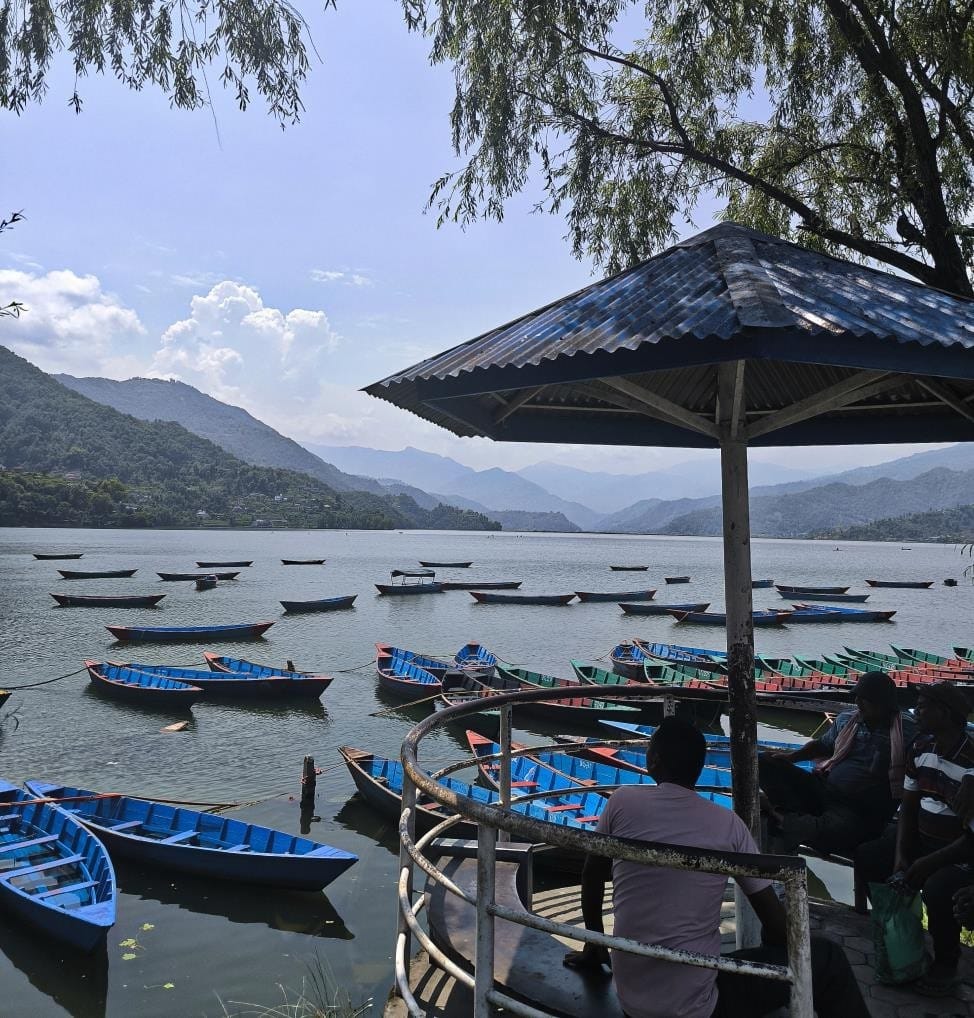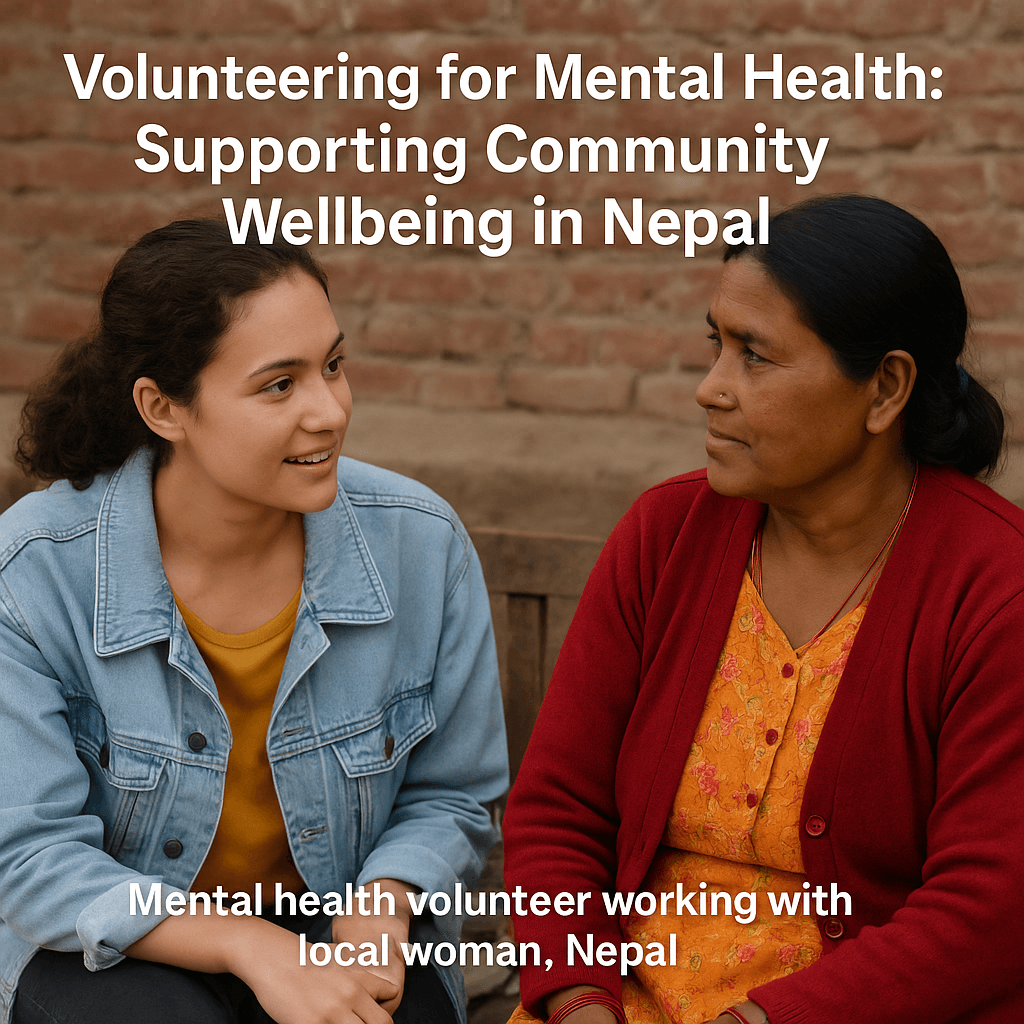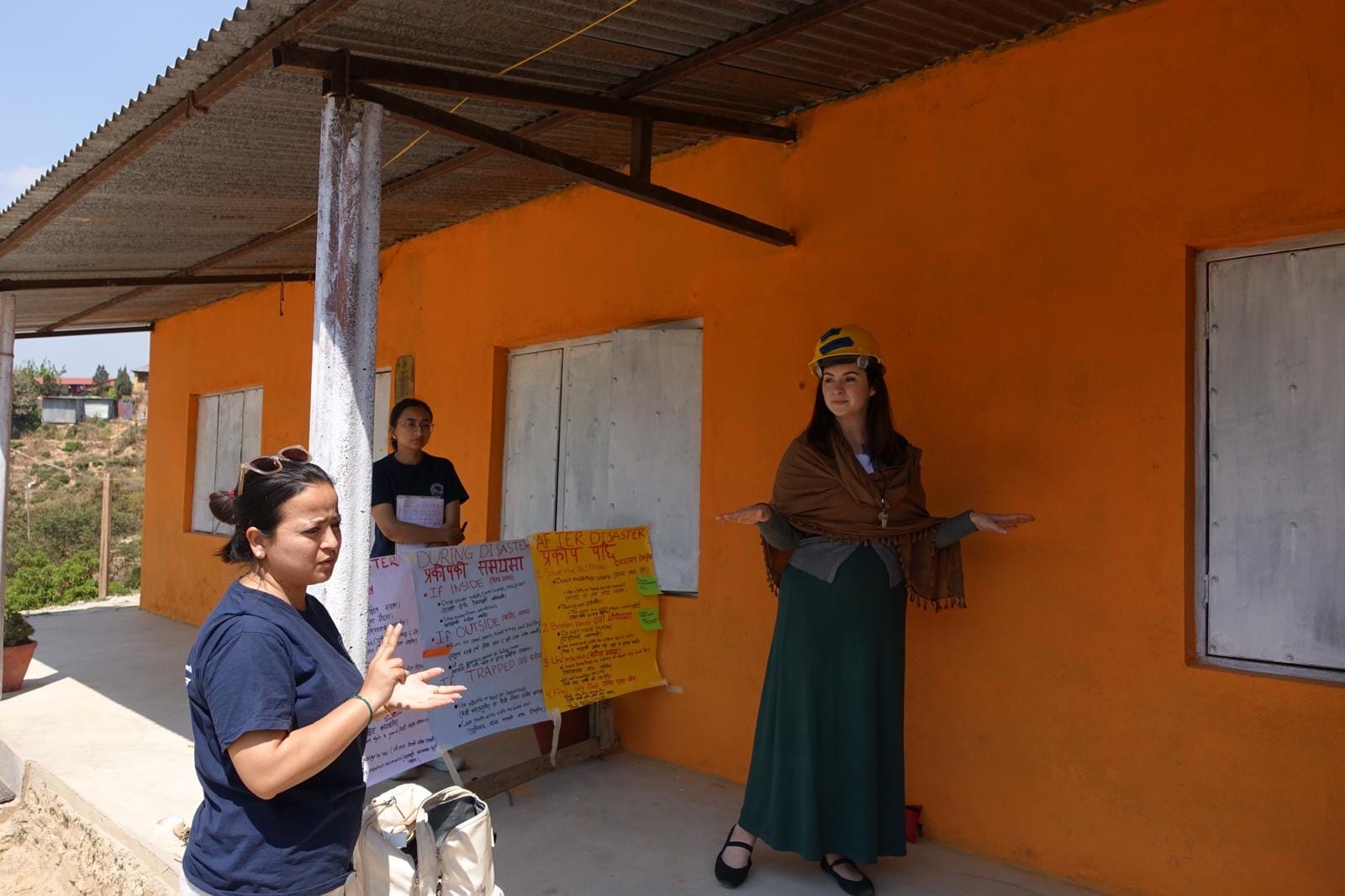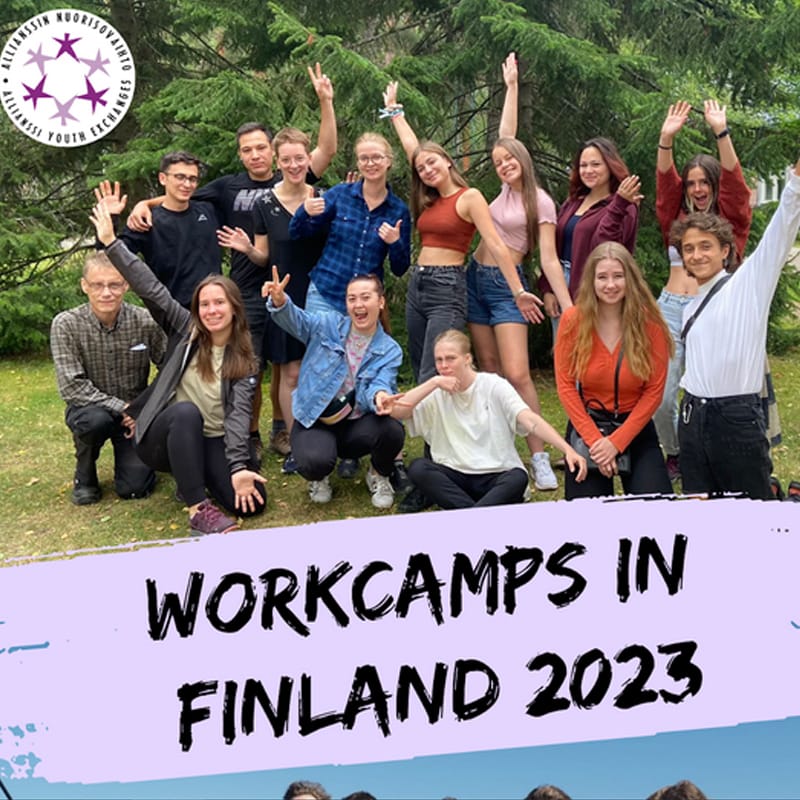As a volunteer immersed in daily life in Nepal, every weekend brings a new opportunity to explore the country’s many wonders. But some getaways become truly unforgettable. Such was the case with my trip Weekend in Pokhara, a jewel nestled between mountains, lakes, and spirituality.
A Chaotic but Charming Departure
On Friday night around 8:30 p.m., my fellow VIN volunteer Naïm and I set out on our journey. Finding the bus was an adventure in itself, very different from what we know in France. Yet, oddly enough, I would say it’s better. Here, the driver, or more likely his assistant, actually calls passengers to make sure they haven’t missed the ride. Despite a 90-minute delay due to a storm over Balaju, we eventually boarded.
The journey to Pokhara took about nine hours on winding mountain roads and narrow highways. The driving was wild, with the bus overtaking trucks in sharp curves, and the road shaking as if we were on a roller coaster. It was both thrilling and nerve-racking, but we held our stomachs, and our nerves tight.
Sunrise on the Lake and a Spiritual Hike
We arrived in Pokhara at around 5 a.m., exhausted but amazed by the calm, misty atmosphere. After walking for about an hour, we boarded a traditional wooden canoe to cross Phewa Lake, passing by the small Tal Barahi Temple, a sacred Hindu site floating in the middle of the water.

The boat was steered by an elderly man who was both deaf and mute. Despite this, he managed to deeply move us with just his gestures. As we glided across the lake, he pointed eagerly to the surrounding mountains; his face lit up with wonder and pride. The purity of his expression, his silent enthusiasm, connected us in a way words never could have.
After disembarking, we began an early morning hike up the hill to visit the World Peace Pagoda and the massive Shiva statue at Pumdikot. The climb was intense, especially with little sleep, but the effort was more than worth it. As the morning fog slowly lifted, the sky revealed a breathtaking panorama of the Annapurna range, including Machapuchare (Fishtail) and Manaslu. Nature’s grandeur was overwhelming.
Caves, Waterfalls, Tibetan Cuisine… and a Local Amusement Park
Descending the hill, we visited two of Pokhara’s most famous attractions: Devi’s Falls and the Gupteshwor Mahadev Cave. While beautiful, both were crowded with tourists, which somewhat diminished the experience. Seeking something more authentic, we ventured to a nearby Tibetan refugee village, where we enjoyed delicious traditional food and warm hospitality.
The afternoon was spent strolling by the lake until we reunited with our friend Tylian, another VIN volunteer who had just returned from a trek. In a small-world twist, we also ran into a group of French travelers we had previously met in Kathmandu. Together, we visited Pokhara’s quirky amusement park, a Nepali version of Disneyland. The safety standards were questionable, but the rides were fun and surprisingly thrilling.
We ended the day with a joyful shared meal and finally got some well-deserved rest.
City Sights, Temples, and Relaxation
The next morning, Naïm returned to Kathmandu early to fulfill his volunteer duties. I stayed with Tylian and took the opportunity to explore Pokhara further. One highlight was the Shree
Bindhyabasini Temple, one of the city’s oldest and most sacred Hindu sites. There, priests welcomed us with a yellow tikka on the forehead, a gesture of blessing and goodwill in the name of Shiva.
The afternoon was dedicated to pure relaxation: Indian food, a yoga café with Nepali hookah, and finally a traditional massage to ease our tired muscles. That evening, I boarded a more comfortable return bus. The only hitch was the delayed entry into Kathmandu due to ongoing road construction, but nothing could dim the light of such an exceptional weekend.
A Timeless Journey
This short trip Weekend in Pokhara was a concentrated dose of everything that makes Nepal unforgettable: awe- inspiring landscapes, sacred places, beautiful people, and unforgettable experiences. Pokhara left a deep mark on my heart, not just for its beauty, but for its peaceful energy. What began as a spontaneous getaway turned into a journey of connection, culture, and joy.










 Member of
Member of